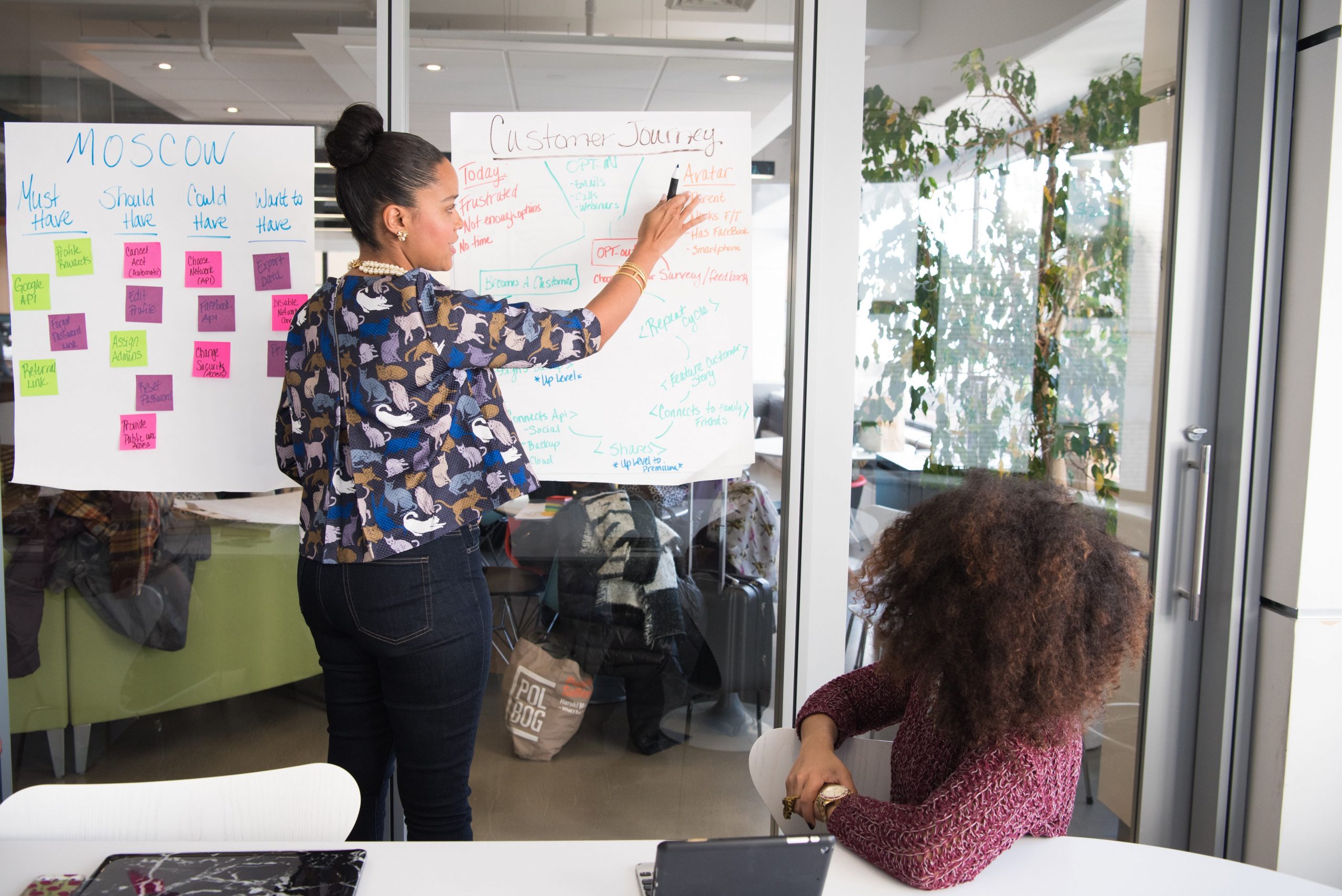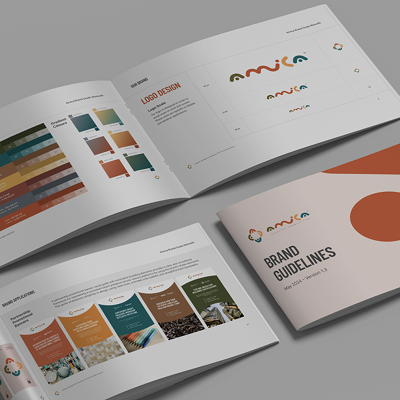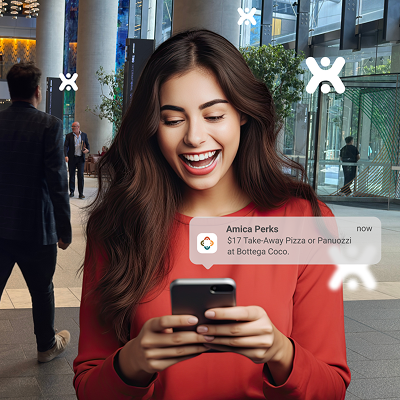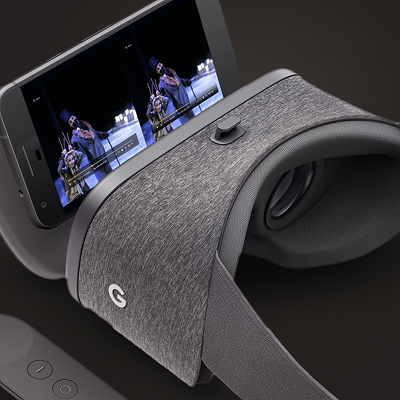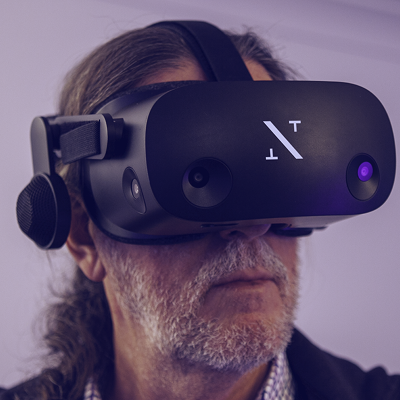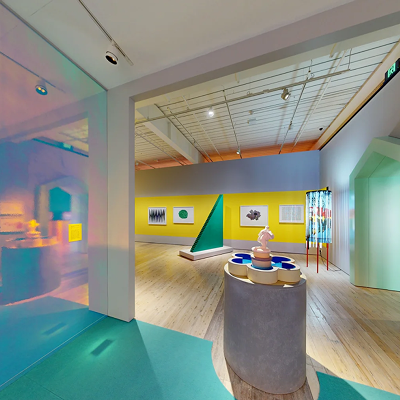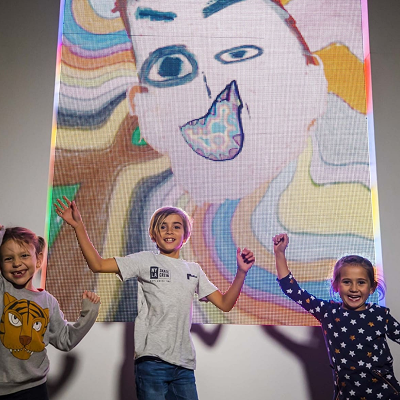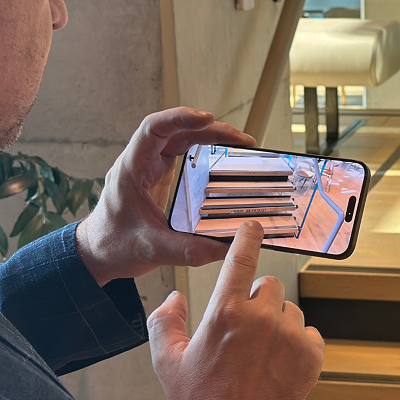All services in one way or another need to be planned. Some services are inherently going to be more enjoyable than others, but designing the experience to revolve around the users can optimize even the most mundane tasks.
This type of design is called service design, and it’s about designing the experience of a service in ways that best achieves user needs and goals. It is a type of design that takes into account the whole ecosystem surrounding an experience, including the infrastructure of a building, different user groups, and processes involved.
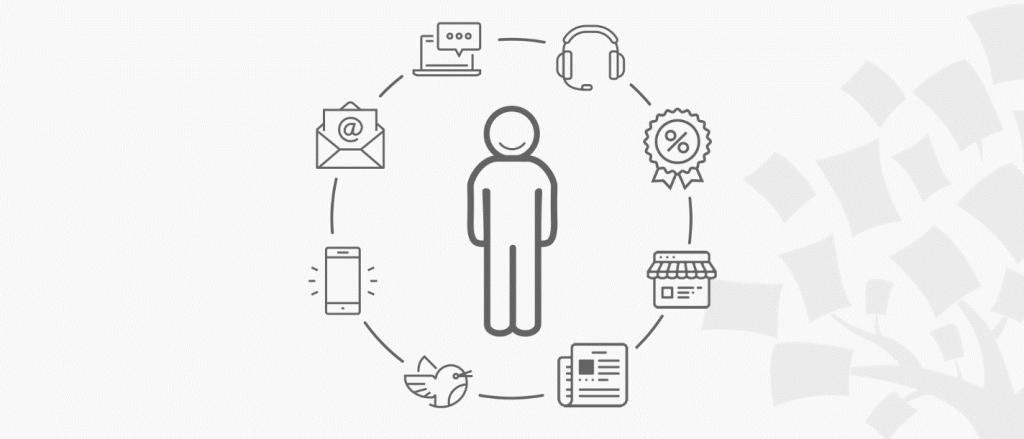
Let’s think about applying for a driver’s licence.
There are a range of elements that are involved: using the online booking system, visiting the building, and sitting down for the test. Within each of these elements there are processes that need to be planned, and looking at the customer journey throughout the entire experience helps us understand how the service can be designed in the best way.
We can ask ourselves important questions such as:
Is it simple for users to book an appointment online, particularly for those who aren’t savvy with technology?
Is the interface design for the test accessible for users with vision impairment?
Can an employee easily instruct customers on how to navigate through the building to attend their appointment?
Do employees need extensive training to use the service platform, or is it intuitive?
Asking these types of questions allows organisations to understand the experience of the service from the frontend and backend perspective, which is important in seeing whether or not a service at different points is designed well - and if not, how it can be optimized for a better experience.
The scope of service design is wide and can be increasingly extensive depending on the service in question.
There are many investigations to be made, and this is why service design is considered to be ‘experience design for a bigger picture’. In this way, service design is equally about the customer experience as it is about the organisational experience in delivering the service.
By looking at all the resources that are involved, organisations recognise the impact that each element has on the overall experience and allows organisations to define exactly what the priorities and end goals of a service are in order to structure its framework.
By understanding what is going on all levels of an organisation, we can align the work processes and easily distribute information to all personnel. This improves the overall quality of relations between organisations, their employees, and customers, and also streamlines both the internal and external workflows.
What We’re Doing in Service Design
At 42 Interactive we partnered with International Towers to create an innovative digital platform. Accessible via both mobile and desktop, International Towers Digital Experience is a one-stop shop for services and information relating to the precinct’s community of professionals and visitors.
It centralises all the tools that users need into a single portal where everything can be accessed directly. Some services include a personal access pass to the building and lockers, a news and announcements portal, and a booking tool for the various activity spaces and maintenance.
The platform allows for third party integration and provides the opportunity for new features to be added into the expanding system. The platform makes it easy for partners and visitors of International Towers to physically and digitally engage with the organisation seamlessly from their own devices.
The innovative design of the platform resulted in 42 Interactive receiving 2 Good Design Awards for Digital Design in 2019 - one for Apps and Software, and one for Interface.
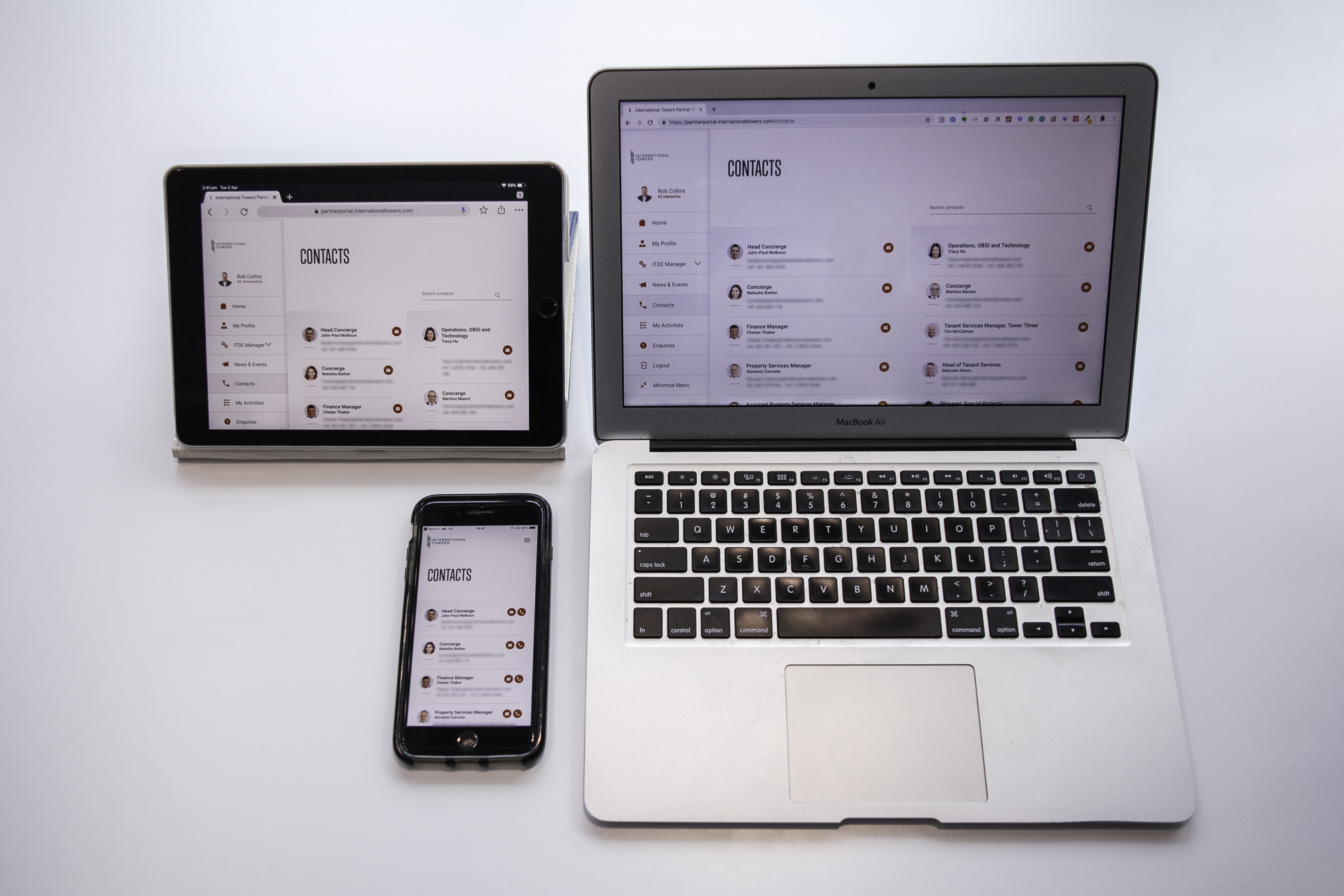
Written by Amy Vuong
A UX/UI Designer at 42 Interactive focused on bringing meaningful projects to life through digital design.

